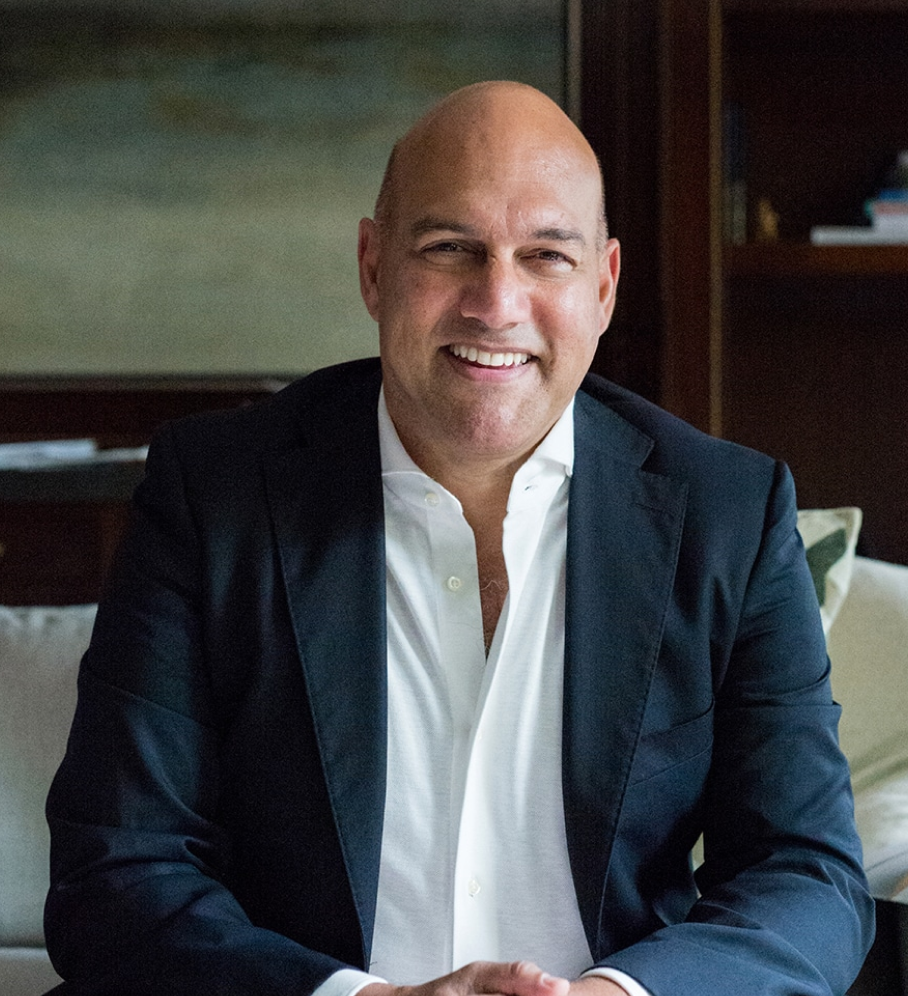Case Study - BlaBlaCar
CEO Frederic Mazzella, founded BlaBlaCar in France in 2016, after a long car ride when he noticed all the empty seats in the cars on the road around him. BlaBlacar was a pioneer of the ride-sharing economy. While most carpool and ride-share apps are designed to help you catch a ride with others to a nearby location, BlaBlaCar was created to enable users to connect with automobiles—and increasingly buses—headed for long-distance destinations.
Today, BlaBlaCar is one of Europe’s fastest-growing transportation companies, with more than 90 million members in 22 European and Latin American countries. For drivers, the platform is a way to cut the cost of gas; you simply post your destination and the cost per passenger. For riders, it is a quick, inexpensive, and social way to travel without the expense of a car. Riders can choose to travel with minimum interaction (“Bla”) or turn the trip into a social event (“BlaBlaBla”). There’s also a “Ladies Only” feature.
Says Mazzella: “Carpooling creates a unique context: it makes possible exchanges of value between people who otherwise would not have had a chance to meet.”
BlaBlaCar has recently branched into another underused mode of transportation—buses—with the purchase of Ouibus, an established budget European bus line known for its very inexpensive tickets. BlaBlaBus operates very much like BlaBlaCar, enabling the traveler to manage every aspect of their journey—and even track their ride on the BlaBlaCar app.
Critical to BlaBlaCar’s success is that early on, it determined the right fee structure. Drivers charge passengers per trip, and BlaBlaCar takes a 10–12% transaction fee (typically about 10 euros) per trip. The low costs appeals to customers, while earning BlaBlaCar a healthy profit for acting as the platform. As Salim points out, “If you’re using leveraged assets, you have to get the unit metrics right. If you rent and share assets, you can drop your marginal cost pretty drastically and still see healthy returns.”
BlaBlaCar’s MTP? “We bring freedom, fairness, and fraternity to the world of travel.”
Let’s take a quick look at how BlaBlaCar has implemented some key ExO attributes:
-
Interfaces: It uses an easy app to connect travelers with drivers.
-
Engagement: BlaBlaCar has invested in tools to engage everyone in its community. For example, it offers services such BlaBlaHelper, which helps members organize their shared car experience.
-
Leveraged assets: It’s a carpooling platform that connects assets (car drivers with empty seats) to customers (passengers looking for a ride) over an average distance of 300 km.
-
Community and Crowd: BlaBlaCar has tapped into its vast Community and developed tools—like ratings, opinions, and strong profile verification—to generate user confidence. Says Mazzella, “We take time to get to know our users. All profiles and feedbacks are checked, so you know who you travel with.”
-
Autonomy: Because it is largely virtual, BlaBlaCar has been able to create an agile company structure, which allows for rapid interactions and decision-making; constant technological transformation; local teams working independently; and hiring processes for talent acquisition.
Carbon neutrality: BlaBlaCar’s environmentally and human-friendly mobility network saves 1.6 million tons of carbon dioxide and enables 120 million human connections every year.
Join Our ExO Community - Unlock Exponential Growth!
Traditional growth models risk obsolescence. Learn how to become an Exponential Organization (ExO) and drive innovation with disruptive technologies. Sign up now!
Organizations implementing the formula have delivered over
- ⭐ 6.8x high profitability
- ⭐ 40x higher shareholder returns
- ⭐ 11.7x better asset turnover
- ⭐ 2.6x better revenue growth








